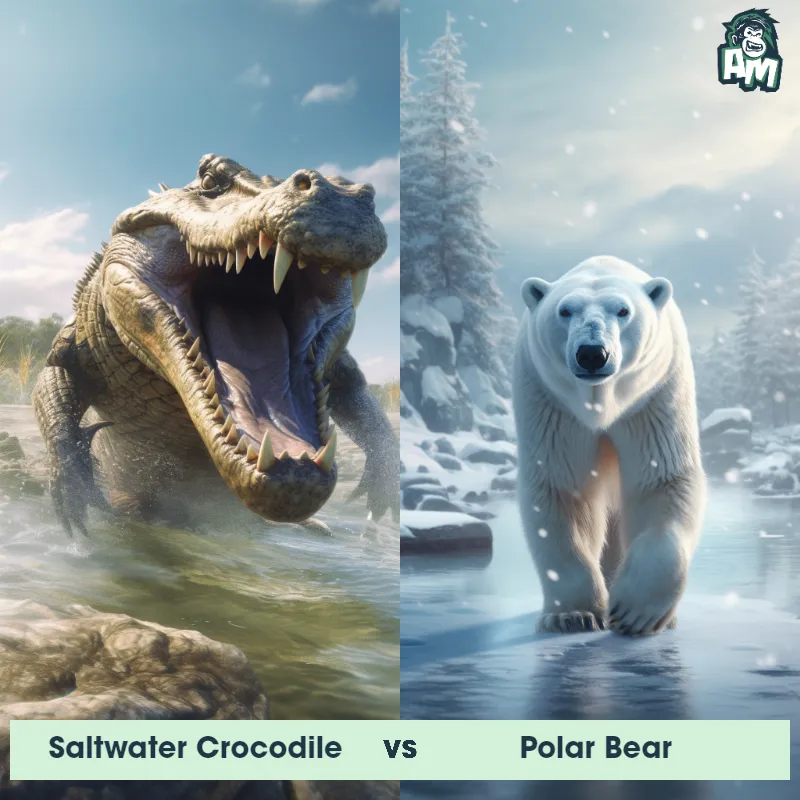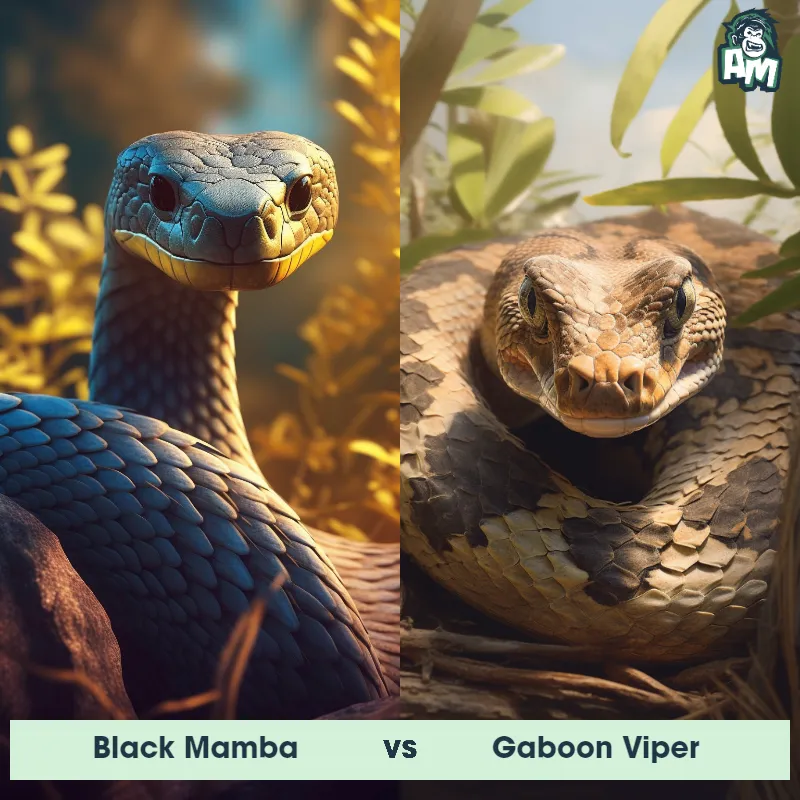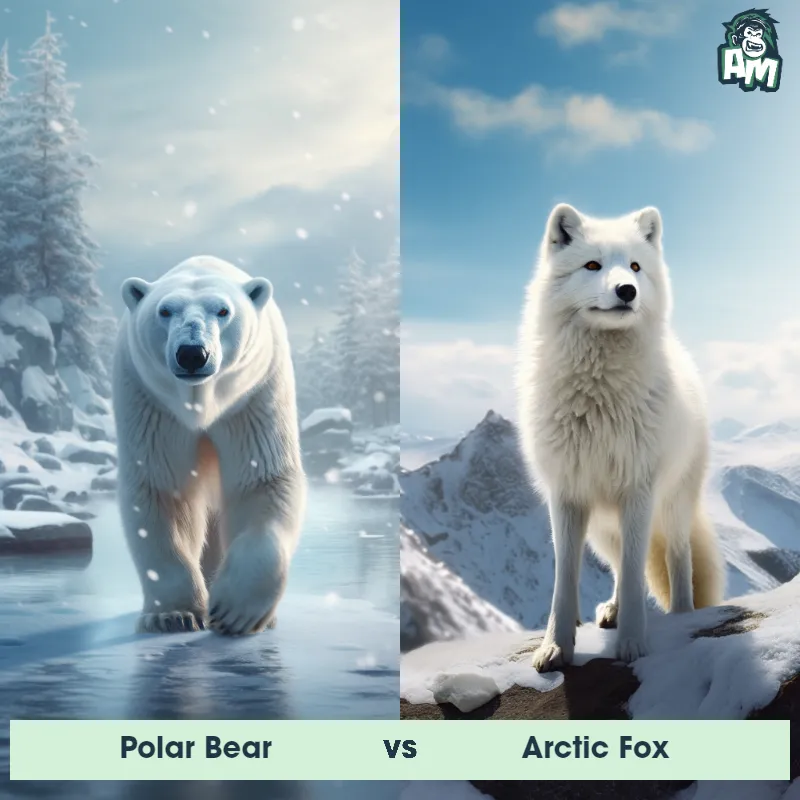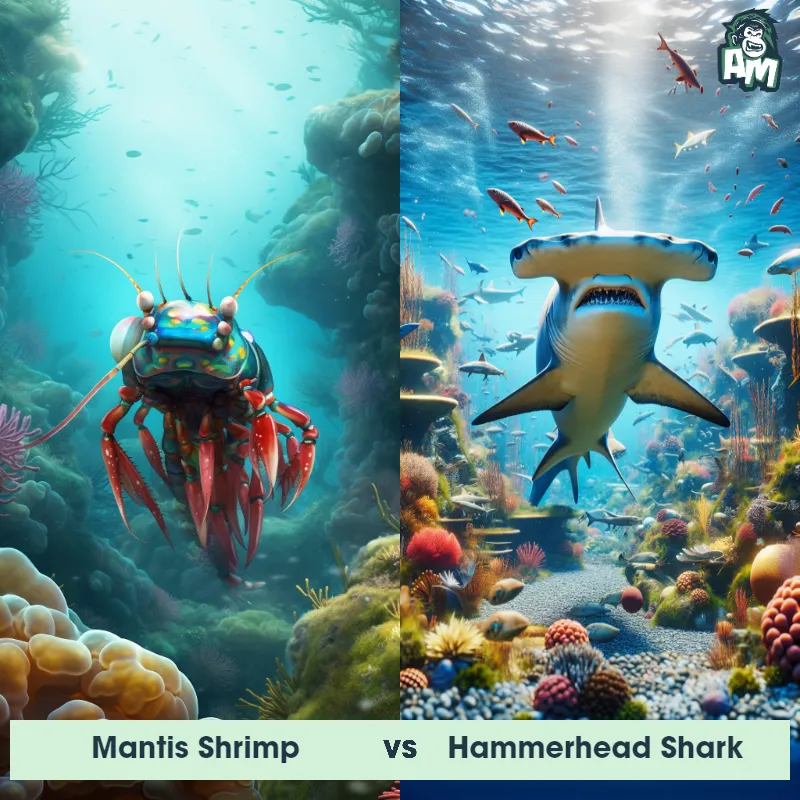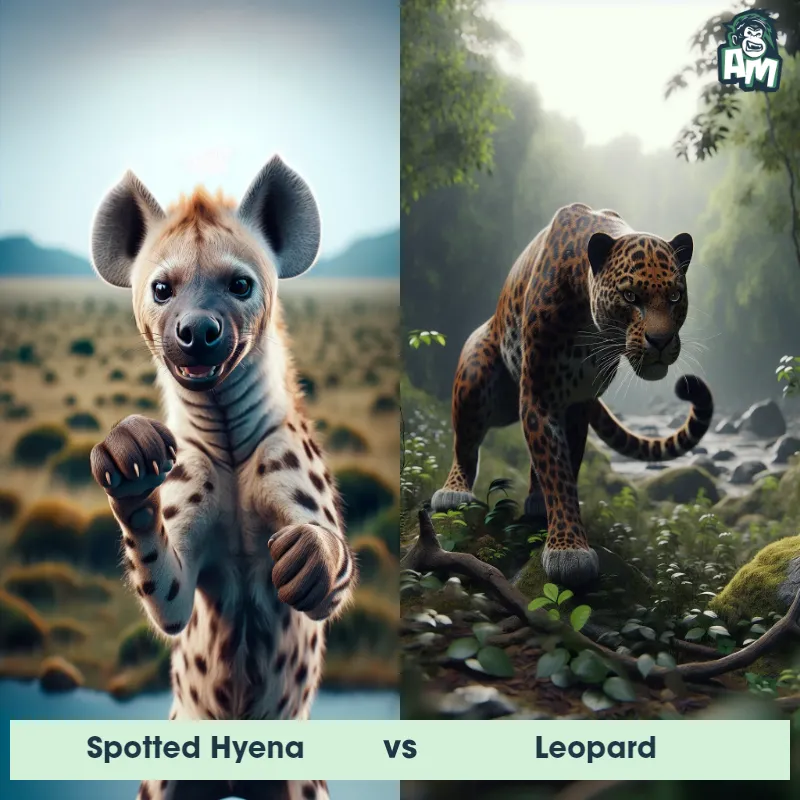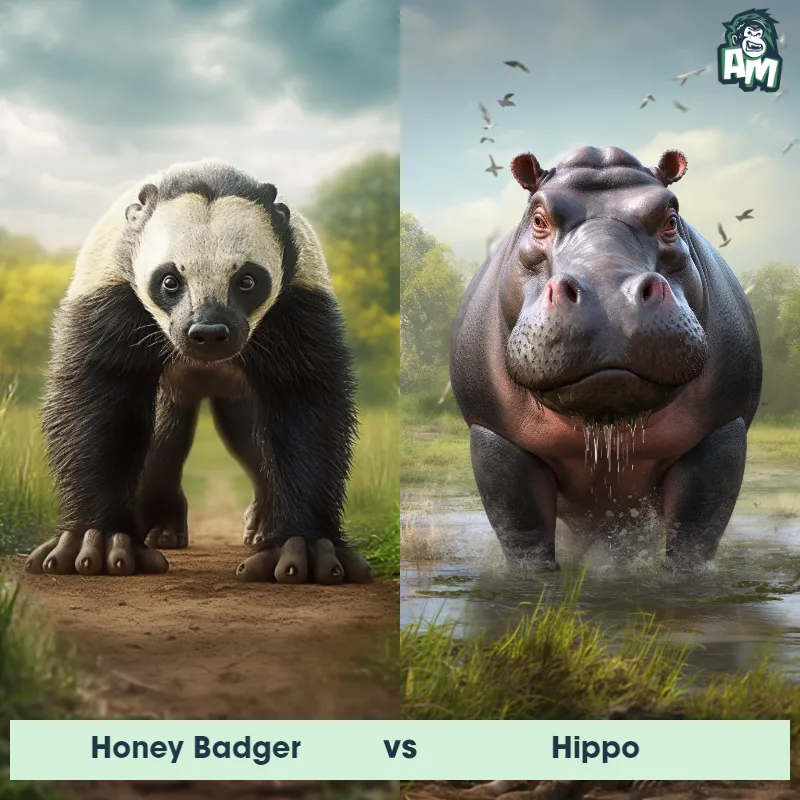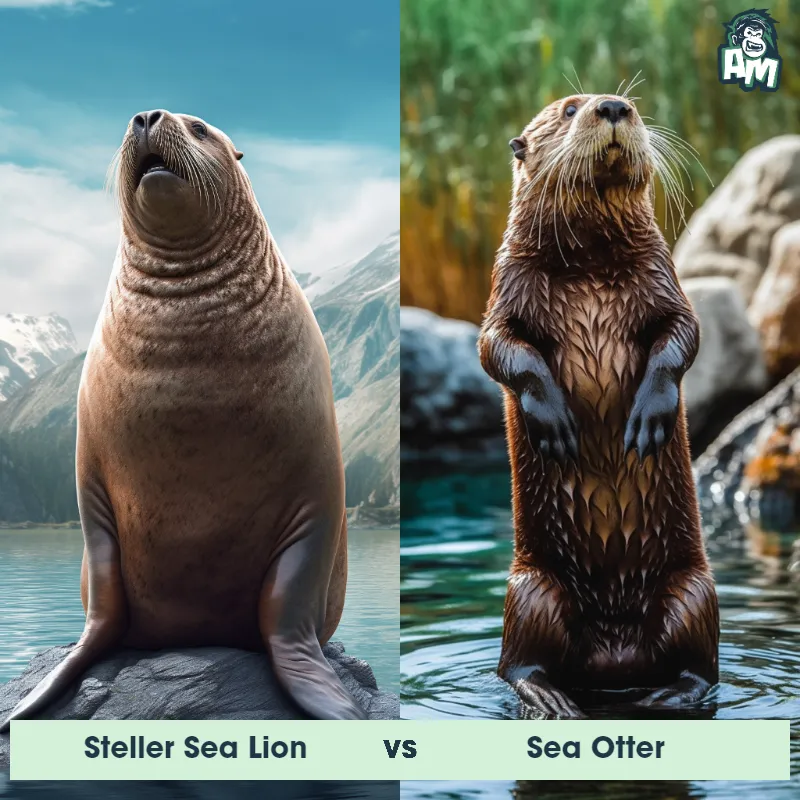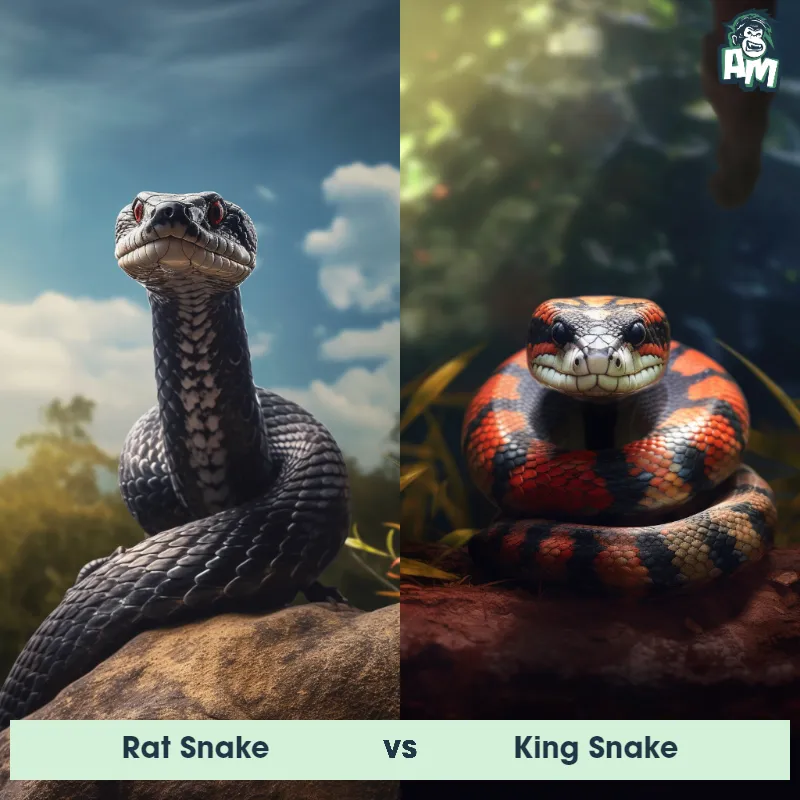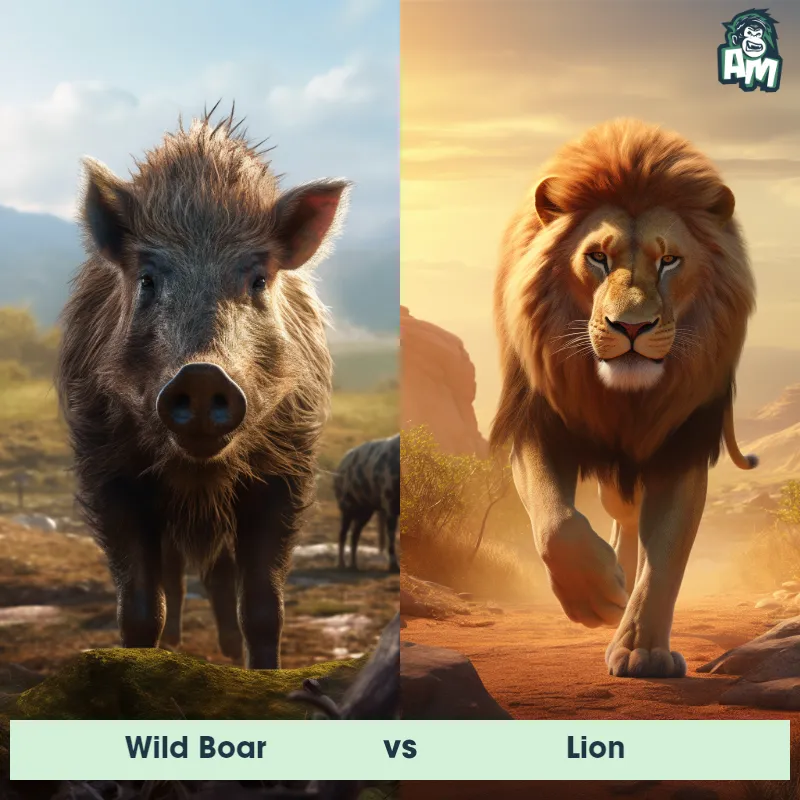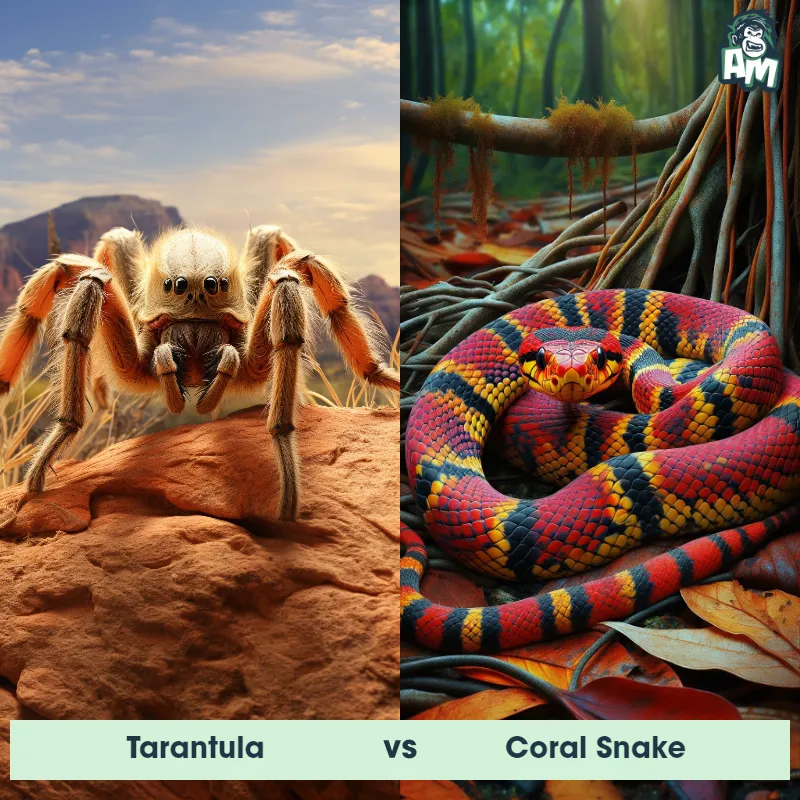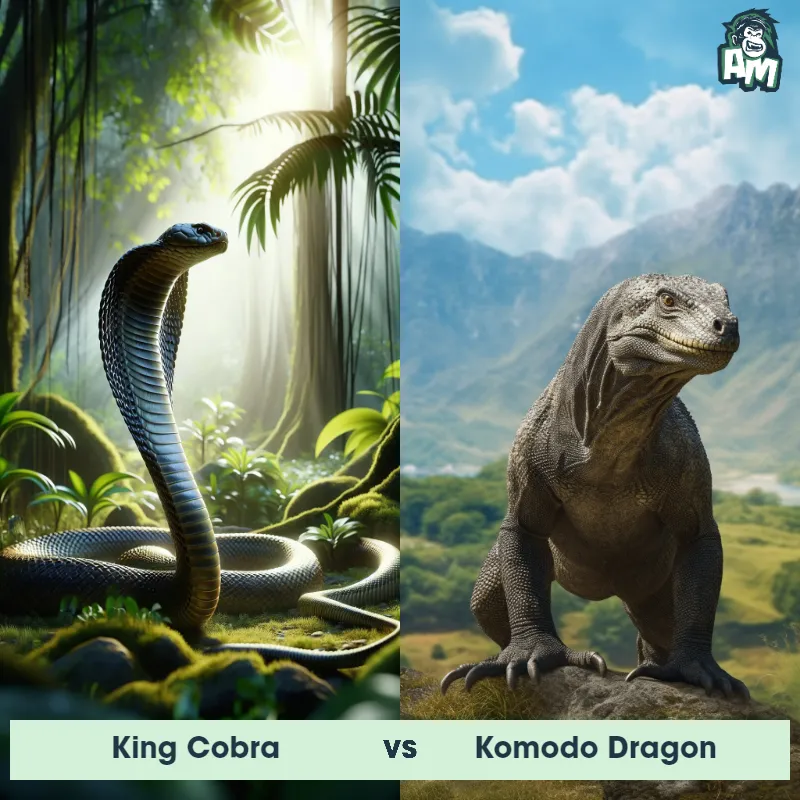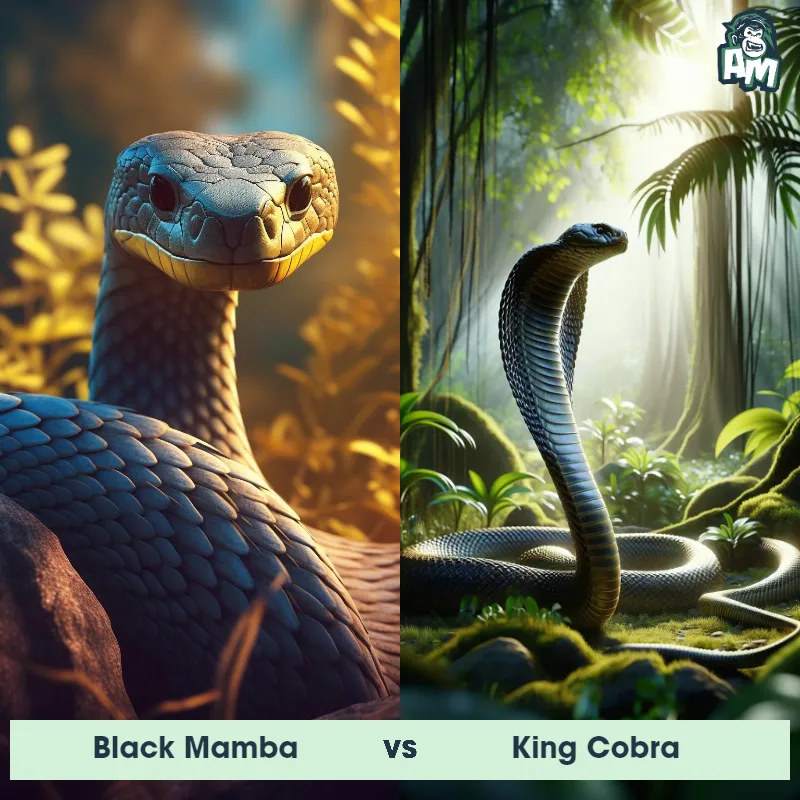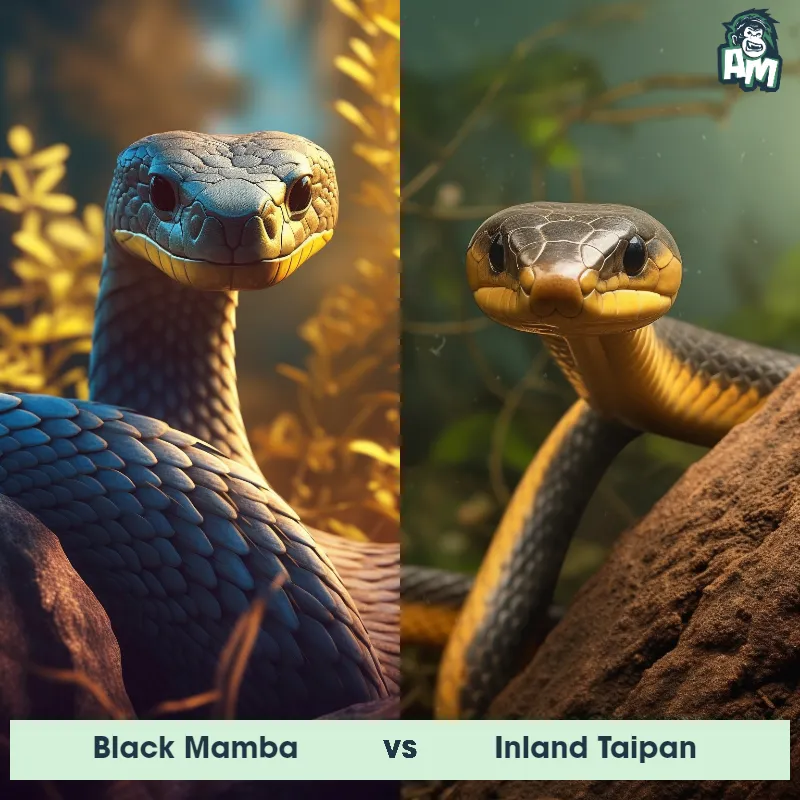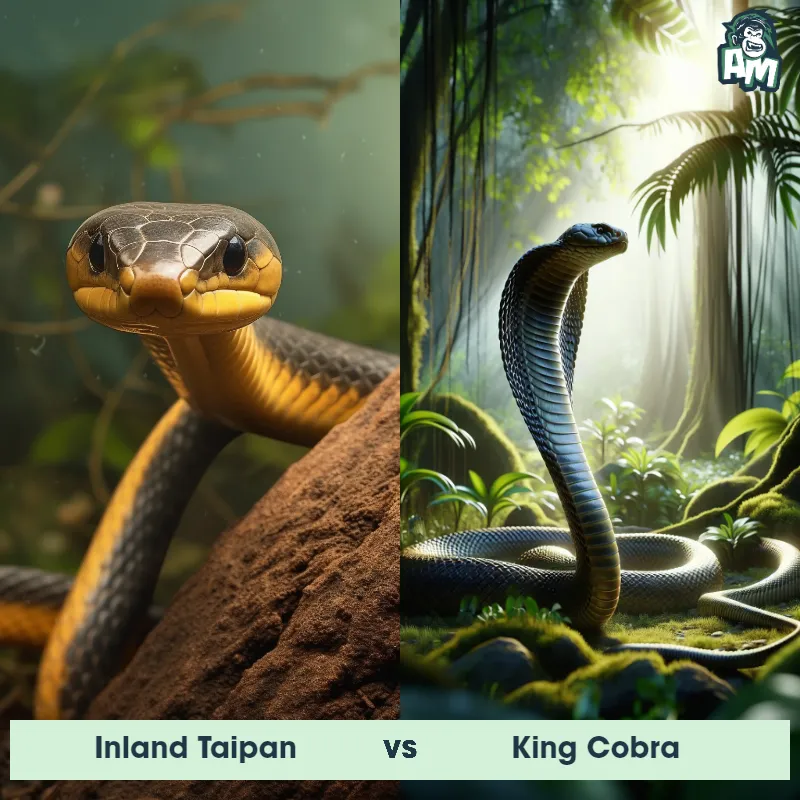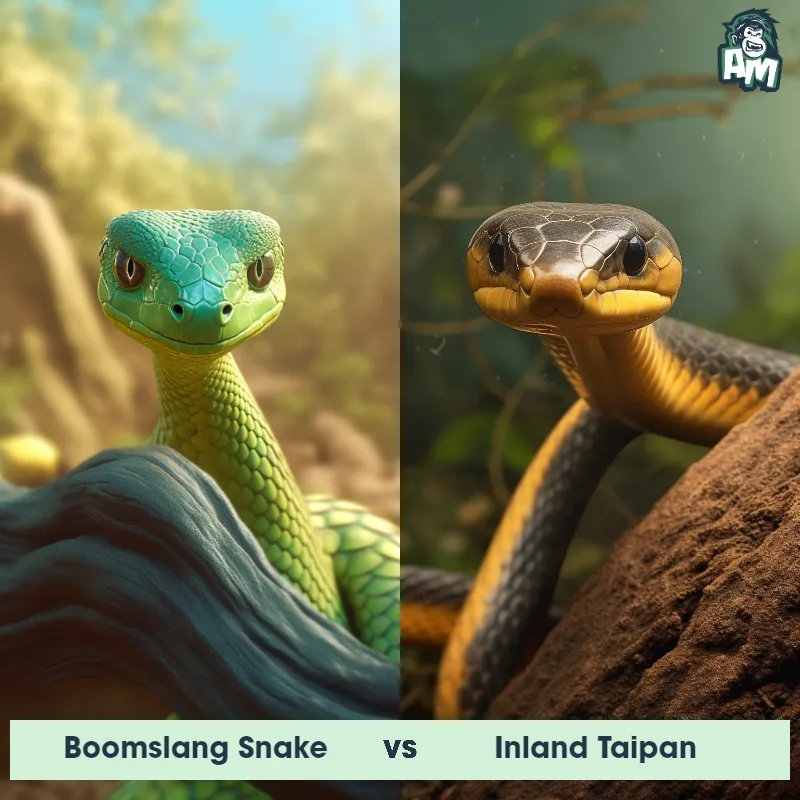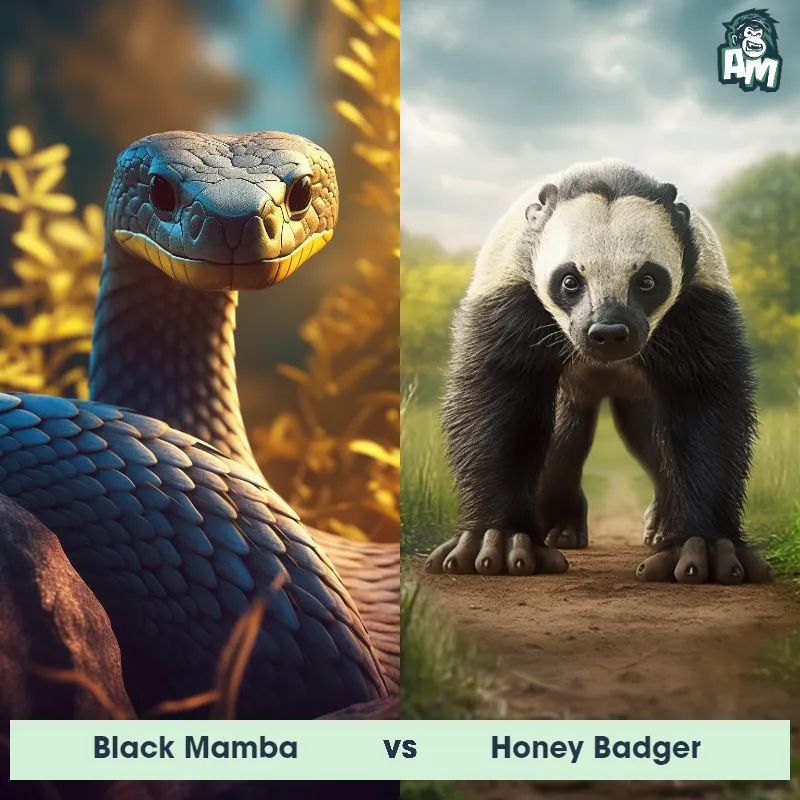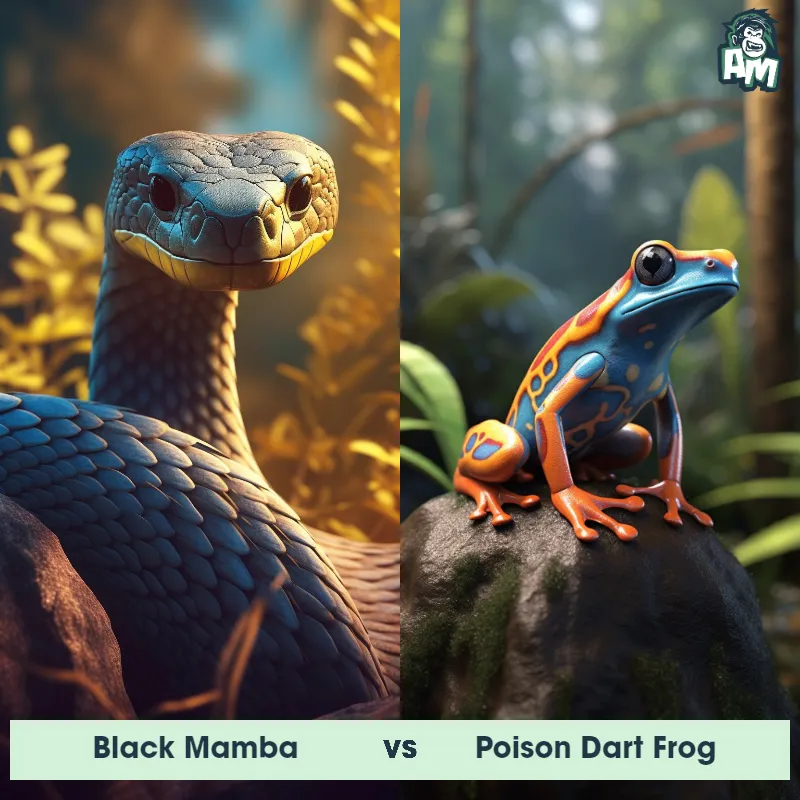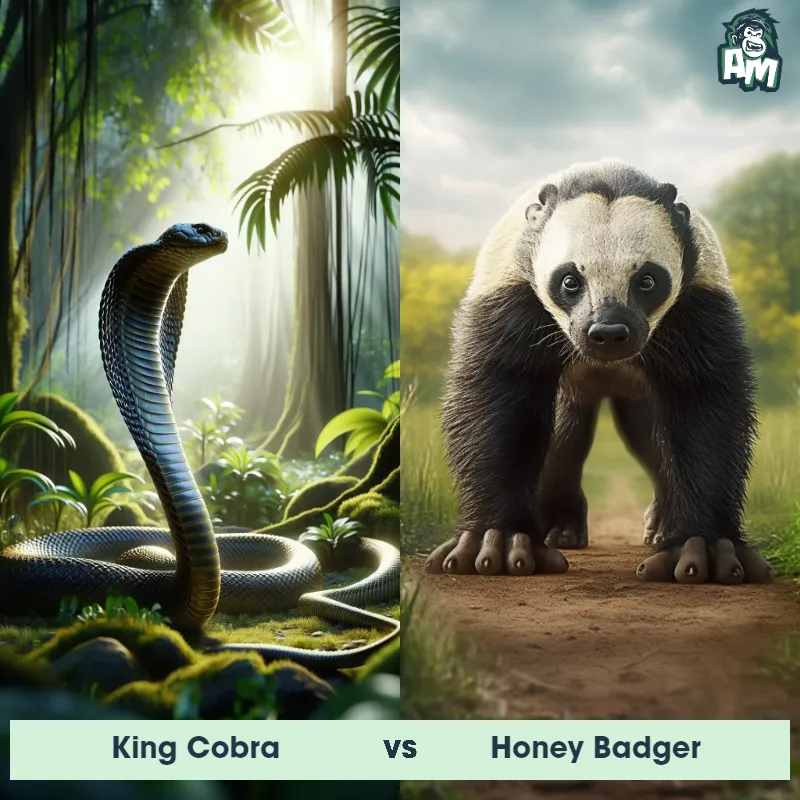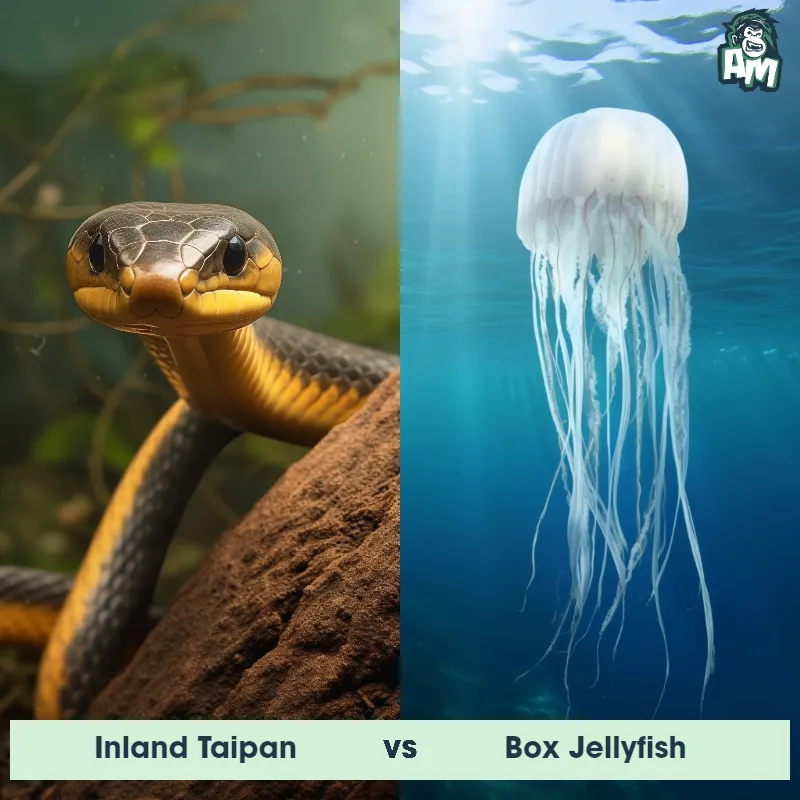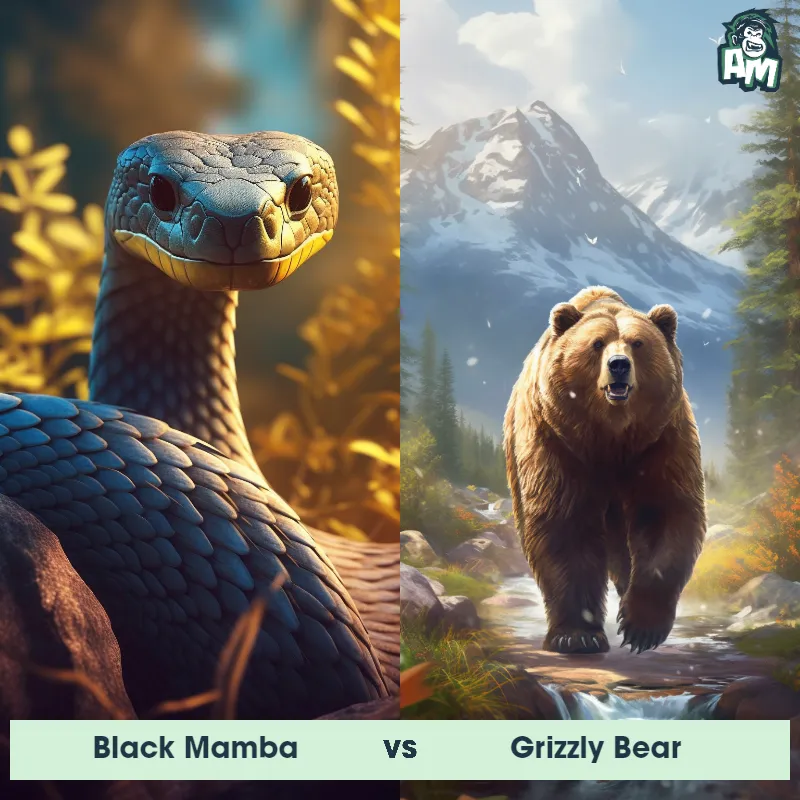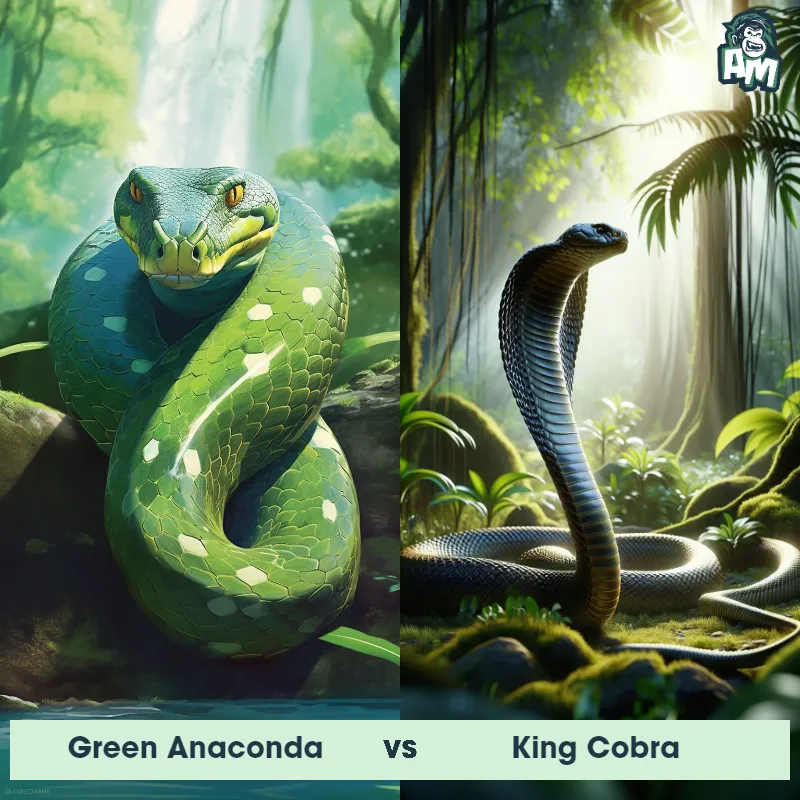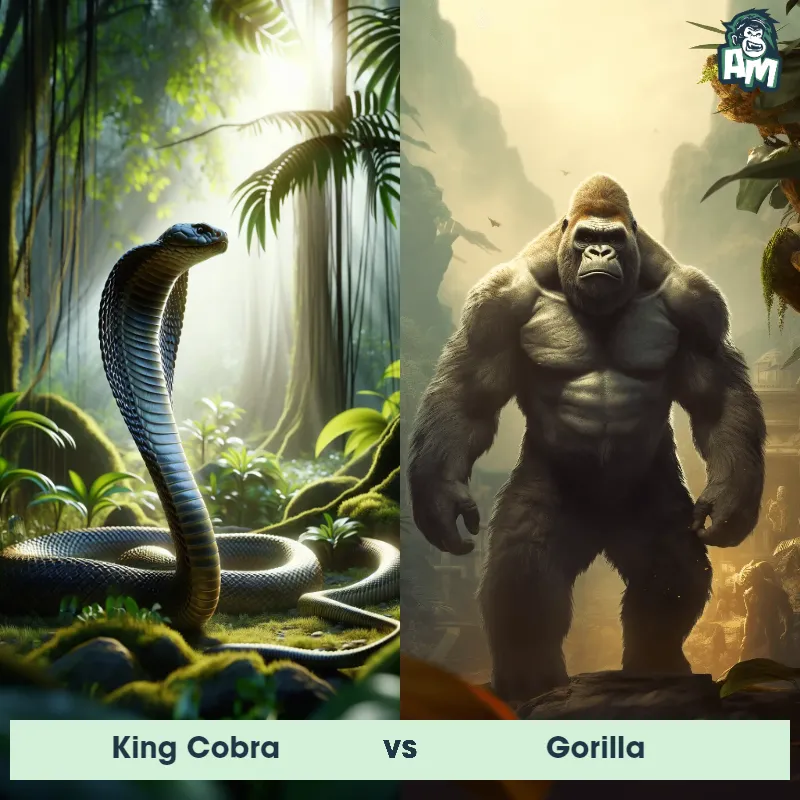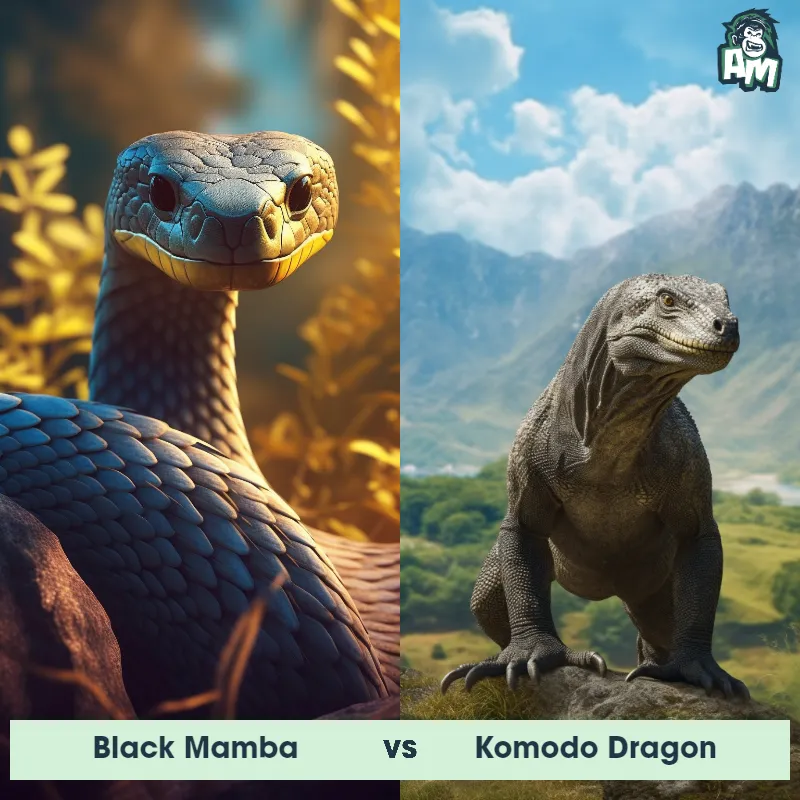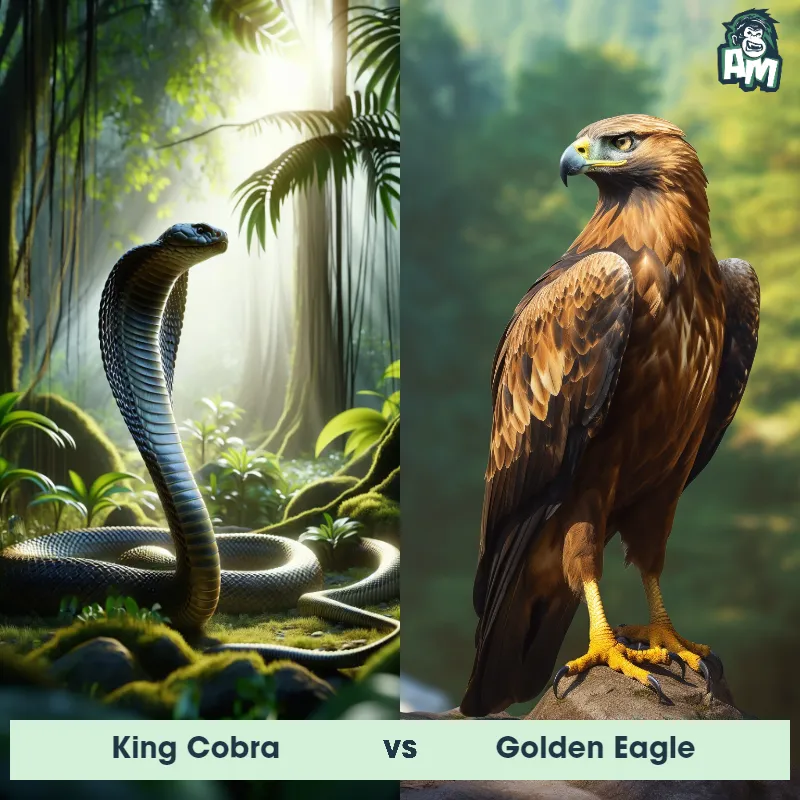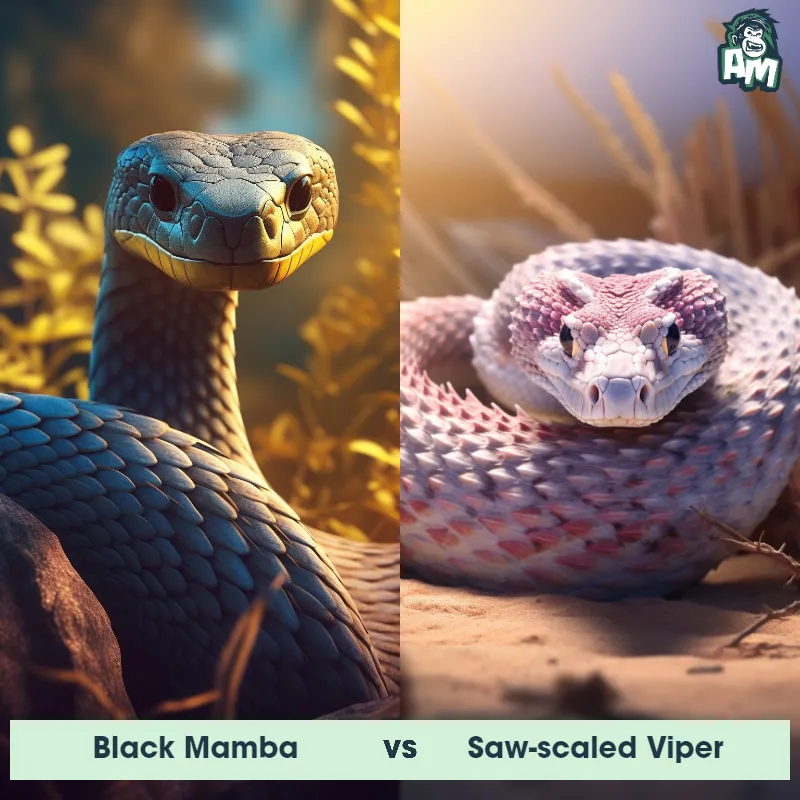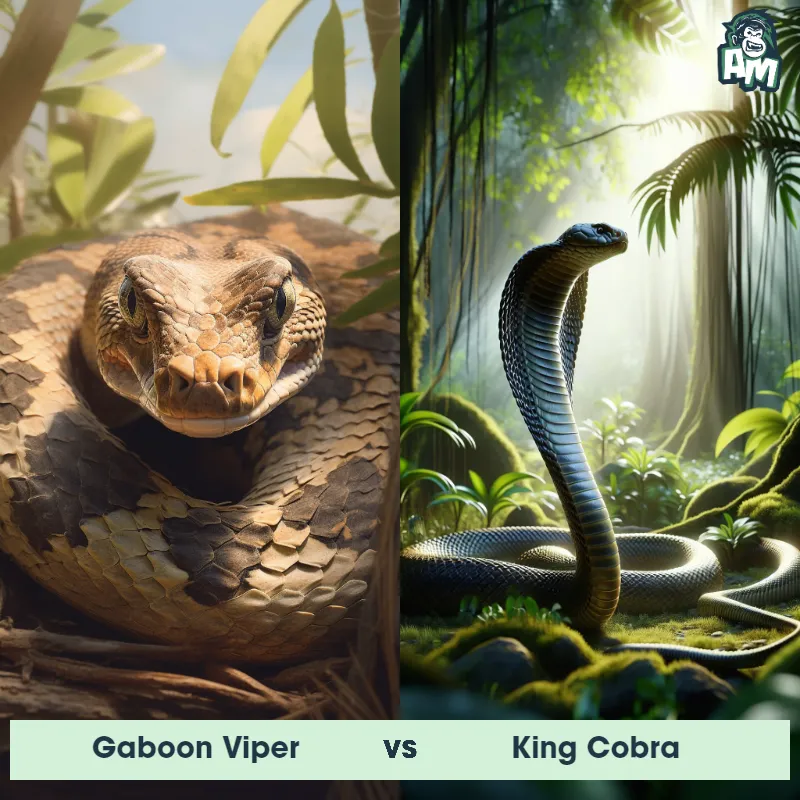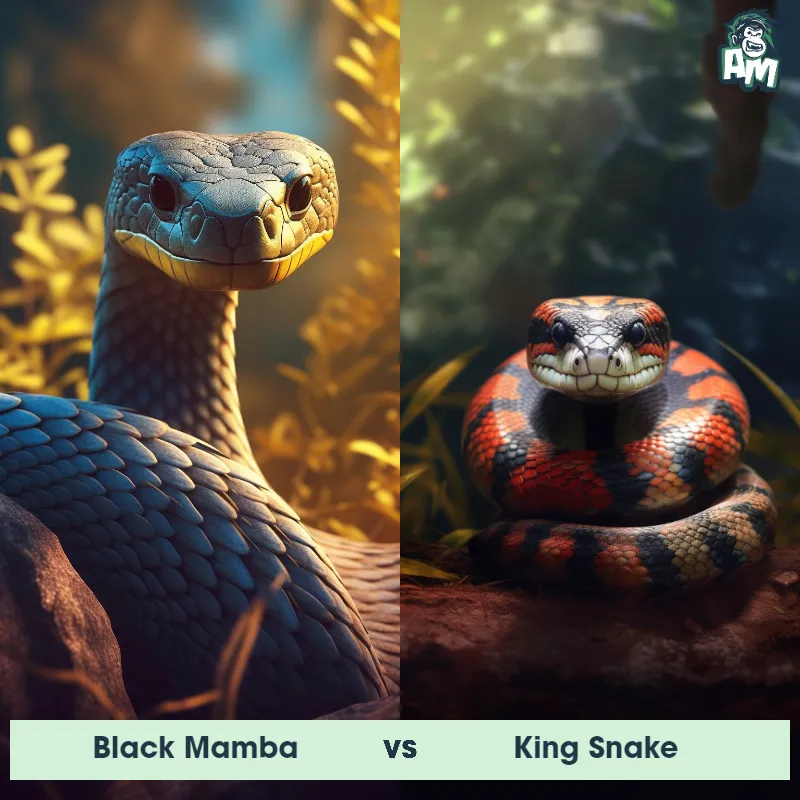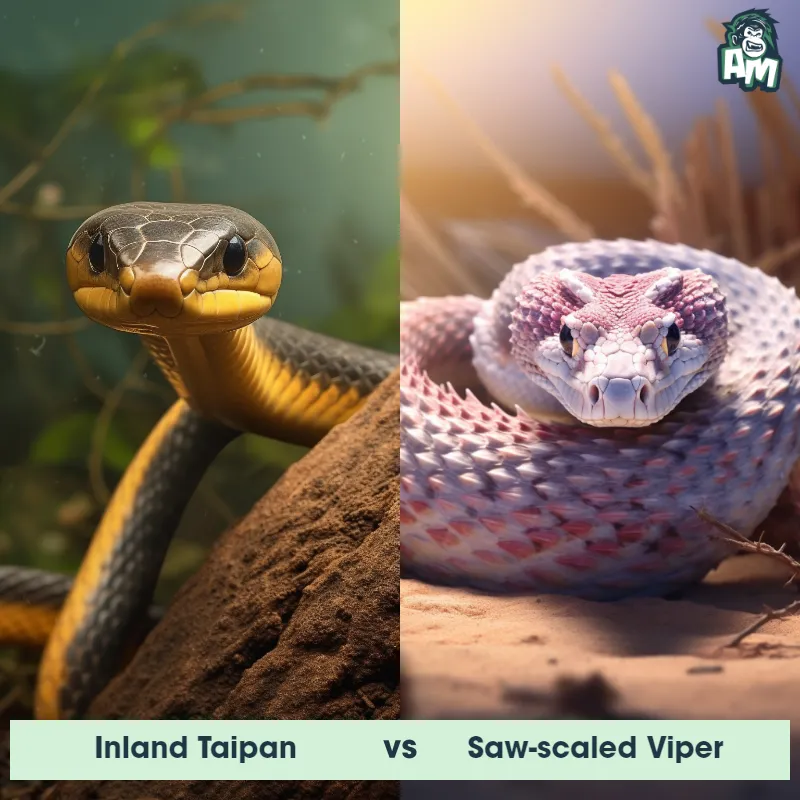Corn Snake vs Coral SnakeSee Who Wins

Good evening, ladies and gentlemen! Welcome to this thrilling matchup between two formidable snakes. In the left corner, sporting stunning bands of vibrant red, yellow, and black, we have the Coral Snake. And in the right corner, with exquisite patterns of bright orange and black, we have the Corn Snake. These reptiles are about to engage in a three-round showdown that promises to be a battle of venomous proportions. Get ready for some slithering action!
Contender 1: Corn Snake
The Corn Snake, also known as the red rat snake, is a non-venomous species of snake that is native to North America. They are slender and can grow up to 6 feet in length, with a distinctive pattern of orange, brown, and black scales. Corn snakes are known for their docile nature and are popular pets among snake enthusiasts. They are also excellent climbers and can be found in a variety of habitats, including forests, fields, and rocky areas.
Fun Fact: Corn snakes are excellent escape artists and can squeeze through small openings, such as gaps in cages or loose vents, making it important for owners to secure their enclosures properly.
Contender 2: Coral Snake
The Coral Snake, also known as Micrurus fulvius, is a venomous snake species found in North America. It has a distinctive color pattern with bright red, yellow, and black bands that encircle its body. Unlike many other North American snakes, the Coral Snake has a small head, black eyes, and a short tail. This serpent species ranges in size from 2 to 4 feet long, and it has smooth scales. Coral Snakes are known for their secretive nature, spending most of their time hidden in leaf litter or underground burrows.
Fun Fact: A fascinating fact about the Coral Snake is that it is part of the Elapidae family, which also includes cobras and mambas, making it one of the only venomous snakes in North America that is not part of the Viperidae family.
Matchup Stats
| Corn Snake | Coral Snake | |
|---|---|---|
| Size | Up to 6 feet (1.8 meters) | 2 to 4 feet long (0.6 to 1.2 meters) |
| Weight | Up to 2.5 pounds (1.1 kilograms) | Not specified |
| Speed | Speed: 5 mph (8 km/hr) | 1mph (1.6km/h) |
| Key Strength | Constricting ability | Not specified |
| Biggest Weakness | Lack of venom | Not specified |
Current Votes
Corn Snake vs Coral Snake
See Who Wins
View More Matches
Looking For More?
Similar Matches
Scientific Stats
| Corn Snake | Coral Snake | |
|---|---|---|
| Scientific Name | Pantherophis guttatus | Micrurus fulvius |
| Family | Colubridae | Elapidae |
| Habitat | Forests, fields, rocky areas | Leaf litter, underground burrows |
| Geography | North America | North America |
| Diet | Rodents, birds, small animals | Small reptiles, snakes, and other snakes' eggs |
| Lifespan | 6 years - 20 years | 6 years - 8 years |
Key Differences between Corn Snake and Coral Snake
- Shape: The Corn Snake has a slender body with round pupils and a slightly upturned snout, whereas the Coral Snake has a shorter, thicker body and an inconspicuous head with small eyes.
- Tail: The Corn Snake has a relatively long and tapering tail, while the Coral Snake possesses a shorter and more blunt-tipped tail.
- Color: The Corn Snake has distinct reddish or brownish blotches with a background color that can vary from yellow to orange, while the Coral Snake displays a bold pattern of alternating red, yellow, and black bands.
- Length: Corn Snakes typically reach lengths of around 3 to 5 feet, whereas Coral Snakes are usually smaller, averaging in the range of 2 to 3 feet.
- Scales: Corn Snakes have smooth and glossy scales, giving them a shiny appearance, whereas Coral Snakes have narrow, smooth scales edged in black, giving their body a more matte finish.
- Mimicry: Unlike the Coral Snake, the Corn Snake does not exhibit any form of mimicry and does not possess venomous fangs.



